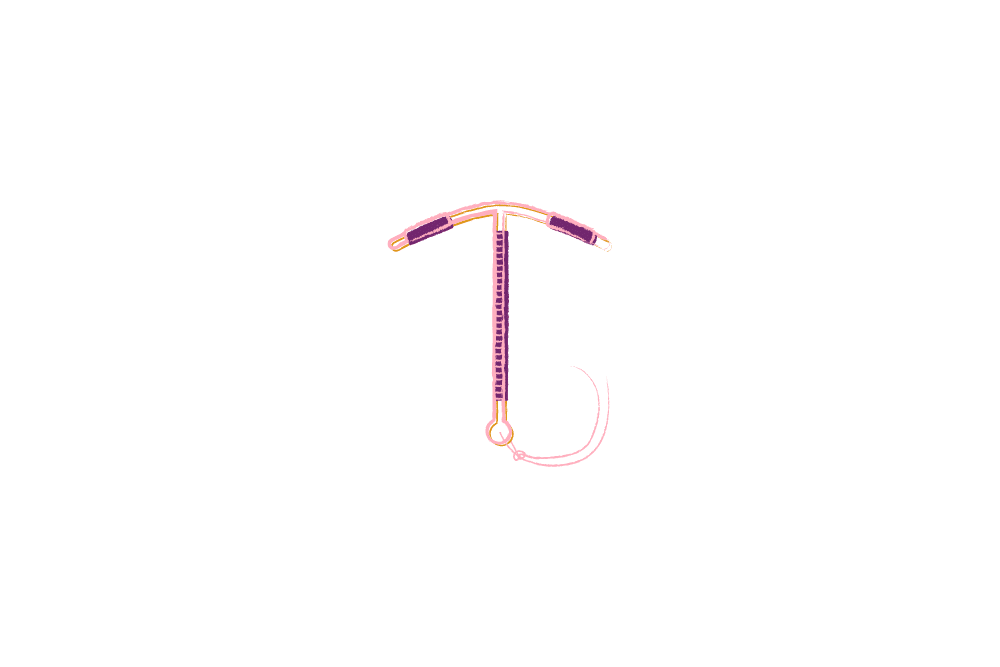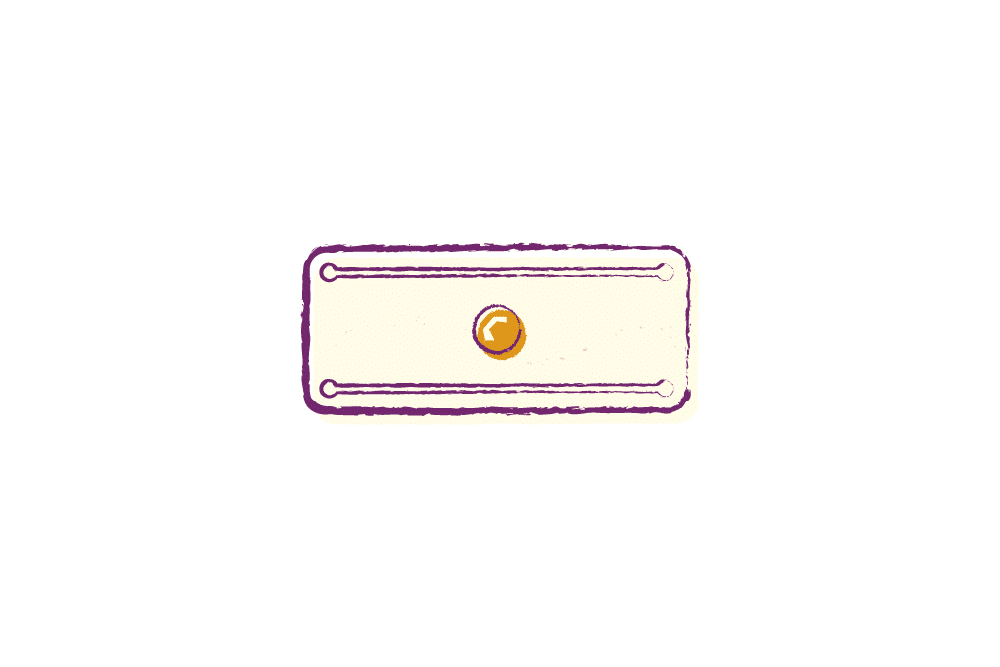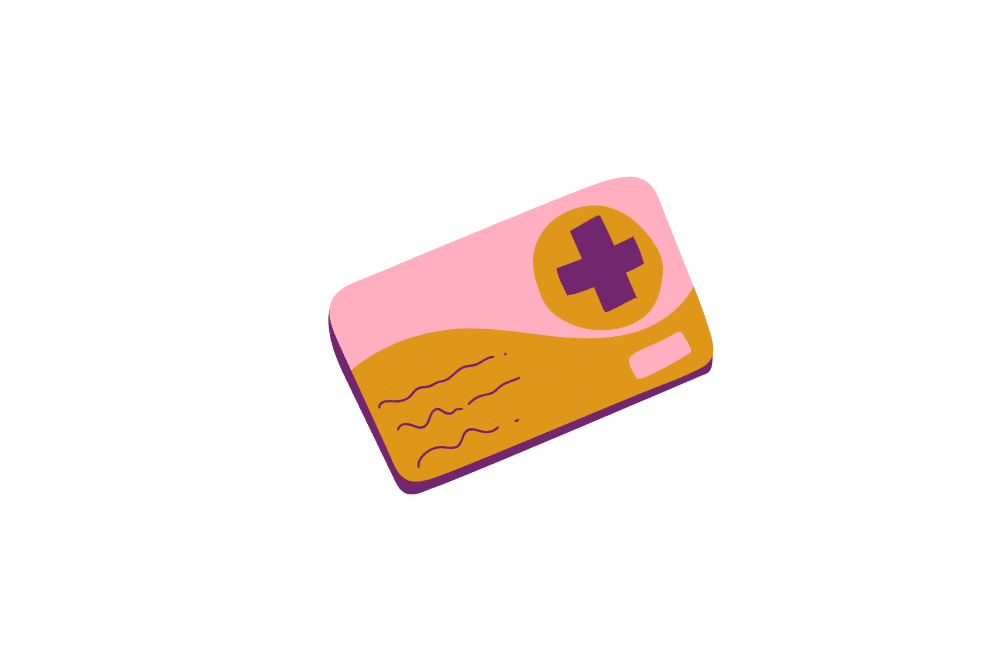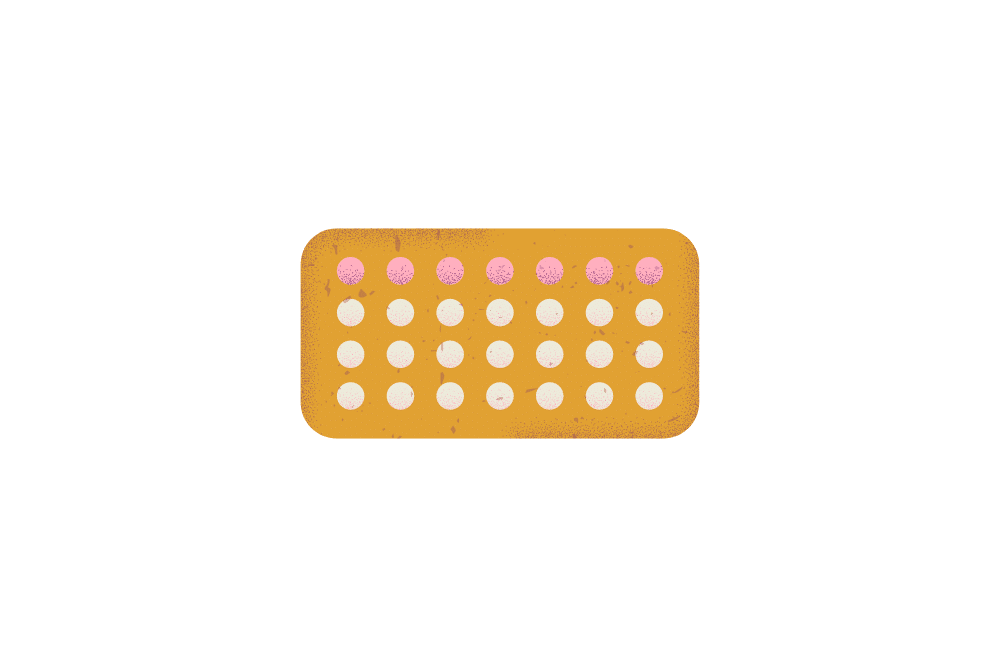Access to affordable contraception is a key player when making informed decisions about reproductive health. Understanding the costs associated with different contraceptive methods empowers women to choose the option that best fits their needs and budget. In this blog, we look into contraceptive options, their associated costs, and factors that can influence pricing. Whether you’re considering birth control pills, implants, or intrauterine devices (IUDs), we’ll equip you with the knowledge to navigate contraceptive prices effectively.
Overview of Contraceptive Methods
When it comes to contraception, there’s no one-size-fits-all solution. Different methods suit different lifestyles and preferences. Here’s a quick rundown of some common contraceptive options.
Birth Control Pills
Birth control pills are a type of hormonal contraception taken orally. They typically contain synthetic versions of oestrogen and progestin hormones in a combined pill or progestogen-only pill (also known as the mini pill). These hormones work to prevent ovulation, thicken cervical mucus to block sperm, and thin the uterine lining to make it less receptive to fertilised eggs. The contraceptive pill is highly effective when taken correctly, with a typical failure rate of less than 1% with perfect use.
Contraceptive Implants
Contraceptive implants are small, flexible rods inserted under the skin of the upper arm. They release a steady dose of progestin hormone, which works to prevent ovulation and thicken cervical mucus to block sperm. Implants provide long-term contraception, typically lasting for several years before needing replacement. They are highly effective, with a typical failure rate of less than 1% with perfect use.
Intrauterine Devices (IUDs)
IUDs are small, T-shaped devices inserted correctly into the uterus by a healthcare provider. There are two main types of IUDs: hormonal and copper. Hormonal IUDs release progestin hormone, which thickens cervical mucus to block sperm and may prevent ovulation. Copper IUDs release copper ions, which are toxic to sperm and prevent fertilisation. IUDs provide long-term contraception, with hormonal IUDs lasting between 3 to 6 years and copper IUDs lasting up to 10 years. They are highly effective, with a typical failure rate of less than 1% with perfect use.

Contraceptive Injections
Contraceptive injections involve receiving a shot of progestin hormone every few months. These hormones work similarly to other hormonal contraceptives by preventing ovulation and thickening cervical mucus. Contraceptive injections provide effective contraception for several months at a time. They are highly effective, with a typical failure rate of less than 1% with perfect use.
Barrier Methods
Barrier methods include condoms, diaphragms, and cervical caps. These methods work by physically preventing sperm from reaching the egg. Condoms are the most commonly used barrier method and also offer protection against sexually transmitted infections (STIs). While barrier methods are generally less effective than hormonal or long-acting contraceptives, consistent and correct use can still provide reliable contraception.
Emergency Contraceptive Pills
The emergency contraceptive pill (ECP), commonly known as the “morning-after pill,” offers a safe and effective option for preventing unplanned pregnancy after unprotected sex or contraceptive failure. Available over-the-counter in many places, they work by delaying ovulation or interfering with fertilisation or implantation. Timing is key, with effectiveness diminishing after 72 hours. Common side effects include nausea and fatigue, and they’re not meant as a regular method of preventing pregnancy, but rather as a backup option.
Each contraceptive method has its benefits and considerations, so it’s essential to discuss options with a healthcare provider to find the best fit for individual needs and preferences.

Factors Affecting Contraceptive Prices
When it comes to contraceptive prices, several factors come into play, influencing the overall cost. Understanding these factors can help you make informed decisions about contraceptive options.
Type of Contraceptive Method
Different contraceptive methods vary in cost, with some being more affordable than others. For example, long-acting reversible contraceptives (LARCs) such as intrauterine devices and contraceptive implants tend to have higher upfront costs but offer long-term savings compared to methods like birth control pills, which require ongoing monthly purchases.
Brand Name vs. Generic Options
Like many other medications and healthcare products, contraceptive options often come in both brand-name and generic versions. Brand-name contraceptives may be more expensive due to marketing and research costs, while generic options typically offer the same active ingredients at a lower price point.
Healthcare Coverage
Access to healthcare coverage, such as insurance plans or government programs (e.g. Medicare rebate), can significantly impact contraceptive costs. Some insurance plans cover contraceptives at little to no cost to the individual, while others may require copayments or out-of-pocket expenses. Government programs may also provide subsidies or discounts for contraceptives for eligible individuals.

Geographic Location
Contraceptive prices can vary depending on where you live. Urban areas with more healthcare providers and pharmacies may offer competitive pricing. In contrast, rural areas with limited access to services may have higher costs due to transportation and supply chain factors.
Sexual Health Clinic or Pharmacy Pricing
The cost of contraceptives can also vary between different healthcare providers and pharmacies. Some sexual health clinics may offer discounted or subsidised contraceptive services for low-income individuals or those without insurance. In contrast, others may charge higher prices for the same products and services.
Discounts or Subsidies Available
Many contraceptive manufacturers offer patient assistance programs or discounts to help offset the cost of their products. Additionally, nonprofit organisations and government agencies may provide subsidies or vouchers for contraceptives to individuals in need.
Overall, these factors interact to determine the final cost of contraceptives. By considering these factors, your medical history, and all available options, you can find the most affordable contraceptive solution for your needs and preferences.
Breakdown of Contraceptive Prices
Now let’s look into the costs associated with different contraceptive methods, including estimates for each option:
Contraceptive Implant Cost
The cost of the contraceptive implant, a long-acting contraceptive implant, can vary depending on several factors, such as location, healthcare coverage, and whether you opt for a brand name or generic version. On average, the upfront cost for the contraceptive implant ranges from AUD 500 to AUD 1,000. However, people with insurance coverage may pay significantly less or nothing at all, depending on their plan’s benefits and copayments.
Intrauterine Device (IUD) Cost
In Australia, intrauterine devices are available in hormonal and copper varieties, each with associated costs. The hormonal IUD prescription is covered by the Pharmaceutical Benefits Scheme (PBS). For Health Care Card holders, it costs around AUD 7, while for non-holders, it costs approximately AUD 43. On the other hand, the copper IUD is not covered by a Health Care Card. The cost in pharmacies can range from AUD 70 to AUD 120. Additionally, there may be an insertion cost from the health professional.
The overall cost of the IUD procedure will vary depending on whether you attend a private or public provider in Australia. Private health insurance and Medicare card holders may be eligible for reduced costs. However, the procedure will likely be more expensive if you don’t have either.

Birth Control Pill Prices
Birth control pills come in various formulations and packaging sizes, leading to a wide range of prices. Some oral contraceptive pills fall under the Pharmaceutical Benefits Scheme (PBS), making them cheaper than those that aren’t – generally around AUD 10 to AUD 30 a month, with generic versions at a lower cost.
Some “newer-generation” birth control pills contain different hormones and offer additional benefits such as reducing acne and are less likely to cause weight gain. Typically, these are more expensive and can set you back upwards of AUD 90 a month. Many insurance plans fully cover the cost of birth control pills, resulting in no out-of-pocket expenses.
It’s important to note that these price estimates are generalisations and can fluctuate based on individual circumstances, including location, healthcare coverage, and provider pricing. Additionally, discounts, subsidies, and patient assistance programs may be available to help reduce contraceptive costs for eligible individuals. Consulting a healthcare provider and insurance representative can provide more accurate cost information tailored to your situation.
Emergency Contraception Prices
Emergency contraceptive pills in Australia are available over-the-counter at pharmacies or online with Youly, and their cost can vary depending on the brand and formulation. Generally, you can expect to pay between AUD 10 to AUD 50 for a single dose, with prices potentially higher for certain brands or types of ECPs. Additionally, some healthcare providers may offer ECPs bulk-billed for free or at a reduced cost through family planning clinics or sexual health services.

Tips for Cost-Saving
When it comes to managing contraceptive costs, you can call on several practical strategies to save money without compromising on quality. Here are some tips to help you navigate the world of contraceptive expenses:
Choose Generic Options When Available
Opting for generic versions of contraceptives can often result in major cost savings compared to brand name options. What’s the difference between brand-name and generic medications, anyway? Generic medications contain the same active ingredients as their brand-name counterparts but are typically available at a lower price.
Explore Government Programs or Insurance Coverage
Look into whether you are eligible for government programs or insurance coverage that can help offset the cost of contraceptives. Government programs like Medicare provide subsidies for contraceptive services. Additionally, private insurance plans may cover contraceptives as part of their prescription drug benefits.
Utilise Community Health Centers or Clinics
Community health centres and sexual health clinics often offer contraceptive services at reduced rates or on a sliding fee scale based on income. These facilities may also provide access to free or low-cost contraceptives through government-funded programs or partnerships with pharmaceutical companies.
Take Advantage of Manufacturer Discounts or Patient Assistance Programs
Many contraceptive manufacturers offer discounts or patient assistance programs to help people afford their products. These programs may provide coupons, vouchers, or direct financial assistance to eligible individuals who meet specific criteria, such as income level or lack of insurance coverage.
By implementing these cost-saving tips, you can make contraceptive choices that align with your budget while ensuring reliable and effective birth control. Remember to explore all available options and consult with healthcare providers to find the best contraceptive solution for your needs.
For further support on your contraceptive journey, consider Youly for personalised healthcare solutions. Whether you’re seeking affordable contraception, expert advice, or access to prescriptions online, Youly has you covered.













